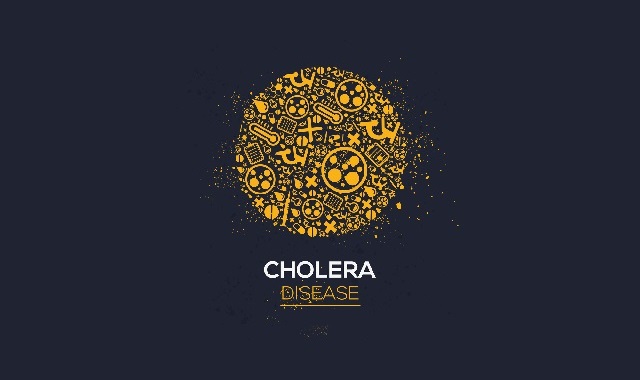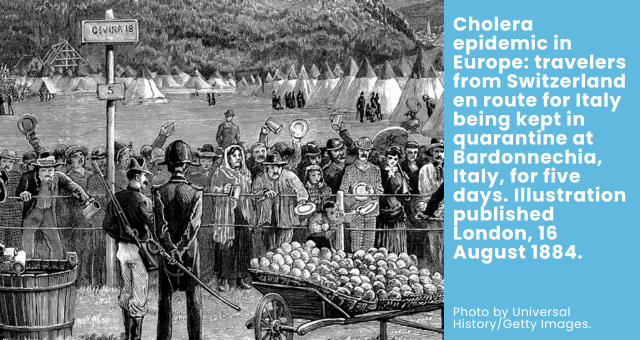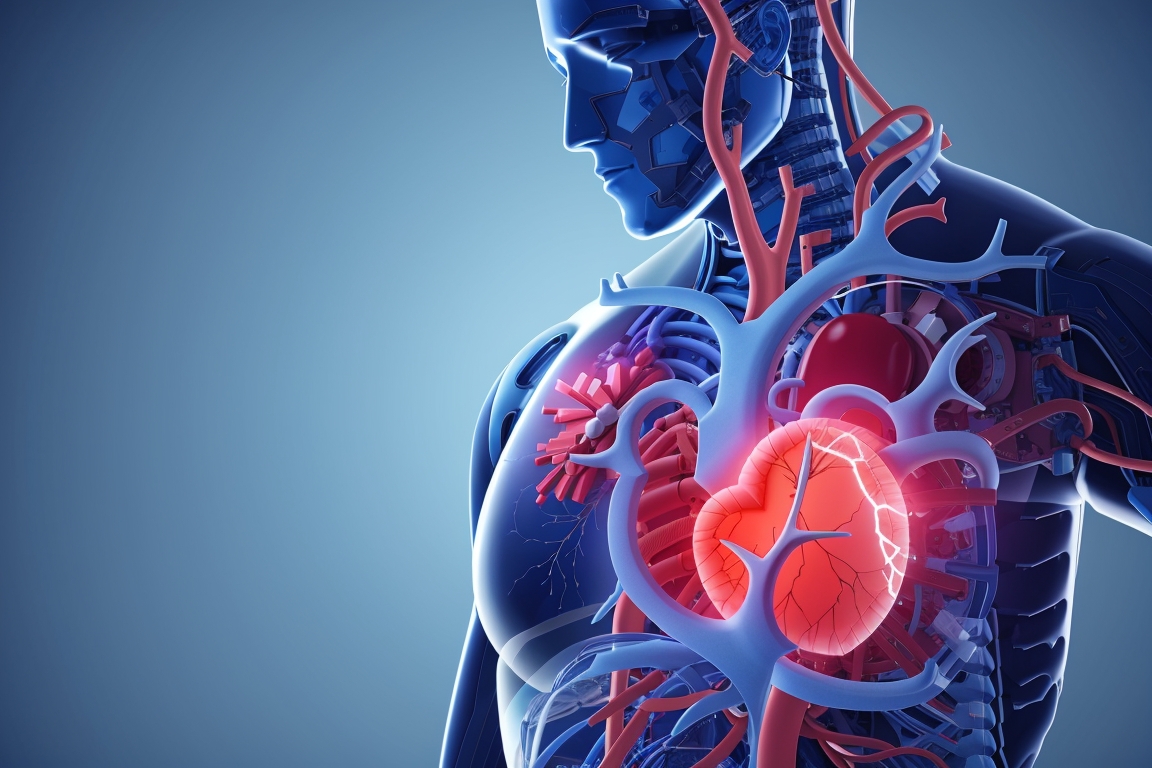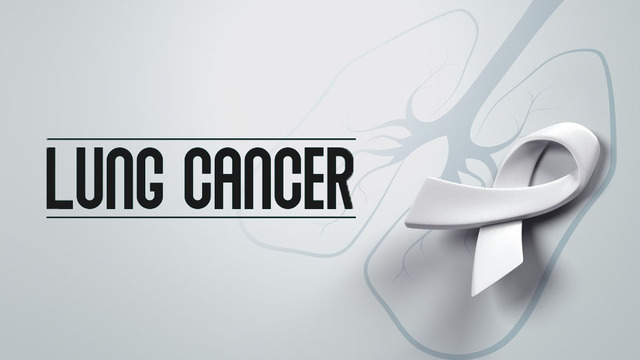Silent Threat: Can Cholera Take Lives? Risks and Preventions

INTRODUCTION
Cholera is a fatal disease that affects millions of people around the world.
It is caused by a type of bacteria called Vibrio cholerae. Which can contaminate water or food sources.
Cholera can cause severe
– Diarrhea
– Vomiting
– Dehydration, and
– Shock.
If not treated quickly, cholera can lead to death within hours. Lets dive into my blog where I break this complex topics into easy-to-understand bites!
Can cholera really kill you?
You might be wondering, “Can cholera really kill you?” Yes, cholera can kill you if left untreated.
Cholera is a specific type of illness characterized by severe diarrhea. Leading to frequent trips to the restroom and significant fluid loss from the body.
When you lose too much water, it can lead to something called dehydration. That’s when things can get dangerous.
If you don’t get help and treatment quickly, dehydration can become so bad that it can lead to death. And it can happen quite fast, within hours. That’s why it’s crucial to act swiftly if someone gets cholera.
Now let’s talk numbers. According to the World Health Organization, there are 21,000 to 143,000 deaths worldwide due to cholera each year.
The case fatality rate is the proportion of cholera cases that are fatal within a specified time. This rate tells us the percentage of people with cholera who end up dying.
The goal is to keep this number really low, less than 1%, which means most people should be able to recover with the right treatment.
A low case fatality rate indicates good case management and proper access to health care.
So, how do you get cholera in the first place? You can get it by eating or drinking something that’s contaminated with germs. Called Vibrio cholerae.
These germs can be in unclean food or water, so it’s super important to make sure your food and water are safe to consume.
Now, if someone does get cholera, it’s treatable. It can be treated with
– Oral rehydration solution
– Intravenous fluids, and
– Antibiotics.
Can cholera be cured? And How Cholera is treated
Okay, so here’s the deal: Yes, cholera can be cured with proper treatment. Lets know how it is done actually.
1. Oral rehydration solution is a mixture of clean water, salt, and sugar. That helps to replace the fluids and electrolytes lost due to diarrhoea.
2. Now, in some cases where the dehydration is bad or you can’t drink oral rehydration solution. Doctors might use “intravenous fluids”.
3. Antibiotics are used to reduce the duration and severity of the infection. And to prevent the spread of the disease.
The WHO recommends the use of a single dose of doxycycline or azithromycin.
But here’s the important part. Just like cancer, early detection works best, before things become extremely serious.
Therefore, it is important to seek medical attention as soon as possible. If you suspect you have symptoms. Such as watery diarrhoea, vomiting, muscle cramps, and thirst.
How cholera is spread or HOW CHOLERA IS TRANSMITTED?
Cholera spreads in a specific way, and it’s important to know how to stay safe.
Cholera spreads by the fecal-oral route, Sounds yucky, right? Means it is transmitted by consuming water or food. That has been contaminated with the feces of an infected person.
Now, the bad guys here are the bacteria called Vibrio cholerae, it is the root cause of cholera. They’re tough little creatures that can survive in water and food for a long time And guess what?
When they end up in your tummy, they can multiply like crazy!

Cholera tends to be more common in places where things aren’t so clean and safe. You know, like areas with not-so-great sanitation, not enough clean drinking water. And where people might not be so good at keeping things clean.
Some of the factors that increase the risk of cholera outbreaks include:
- Flooding, drought, or natural disasters that disrupt water and sanitation systems
- Population displacement due to war, conflict, or migration
- Poverty, malnutrition, or low immunity
- Climate change and environmental degradation
- Lack of access to health care and oral cholera vaccines
We can do a lot to stop cholera in its tracks!
We can make sure our water is clean. Practice good hygiene like washing our hands, and even use special vaccines to prevent it.
And if someone does get cholera, don’t worry. Because we have treatments like special drinks and medicines to help them get better.
WHEN CHOLERA STARTED
So, whens cholera started, you ask? Cholera is an ancient disease that has been affecting humans for centuries. Basically, it messes with your tummy.
But here’s where the real adventure began.
However, the first recorded pandemic of cholera started in 1817. In the Bengal region of India, near Calcutta (now Kolkata).
From there, it spread to other parts of Asia. The Middle East, Europe, and Africa through trade routes and human migration. This pandemic lasted until 1824 and killed millions of people.

Since then, there have been six more pandemics of cholera. Each with different origins, routes, and impacts.
The most recent one kicked off in 1961 in South Asia. Is still ongoing, affecting many countries in Africa, Asia, and the Americas.
CHOLERA AFFECTS WHICH COUNTRIES
Cholera is more in places where there is poor sanitation, unclean water, and overcrowding.
Cholera can be endemic or epidemic.
A cholera-endemic area is an area where confirmed cholera cases were detected during the last 3 years. With evidence of local transmission. According to the World Health Organization (WHO), in 2022. Over 29 countries across five of the six WHO regions reported cholera cases or outbreaks
Some of the countries most affected by cholera include
Afghanistan, Bangladesh, Burundi, Cameroon, Democratic Republic of the Congo, Ethiopia, India, Kenya, Malawi, Mozambique, Nepal, Nigeria, Pakistan, Philippines, Somalia, South Africa, South Sudan, Tanzania,
Zambia, and Zimbabwe
WHO TRACKS CHOLERA OUTBREAKS?
The WHO and its partners monitors and responds to cholera outbreaks globally.
They provide technical guidance, supplies, vaccines, training, surveillance, and coordination.
The WHO also launched a global strategy on cholera control in 2017. Known as Ending Cholera: a global roadmap to 2030. The strategy aims to reduce cholera deaths by 90% and eliminate cholera in 20 countries by 2030
Why does cholera cause diarrhea?
Cholera causes diarrhea because the bacteria Vibrio cholerae produce a toxin that affects the small intestine. . This toxin prompts the intestine to release large amounts of water and electrolytes, leading to watery diarrhea.
CAN CHOLERA KILL YOU?
Already told you, cholera can be fatal if not treated promptly. Cholera can cause severe dehydration and shock due to the rapid loss of body fluids.
This can lead to organ failure and death within hours of infection. A low case fatality rate indicates good case management and proper access to health care. The global target for cholera case fatality rate is less than 1%. However, some countries have reported higher rates due to various factors such as delayed treatment, poor health infrastructure, malnutrition, or co-infections.
CONCLUSION:
Cholera is more common in places where there is poor sanitation, lack of clean water, and overcrowding.
Cholera can be prevented by improving water quality and sanitation, practicing good hygiene, and using oral cholera vaccines. Cholera can be treated with oral rehydration solution, intravenous fluids, and antibiotics.



